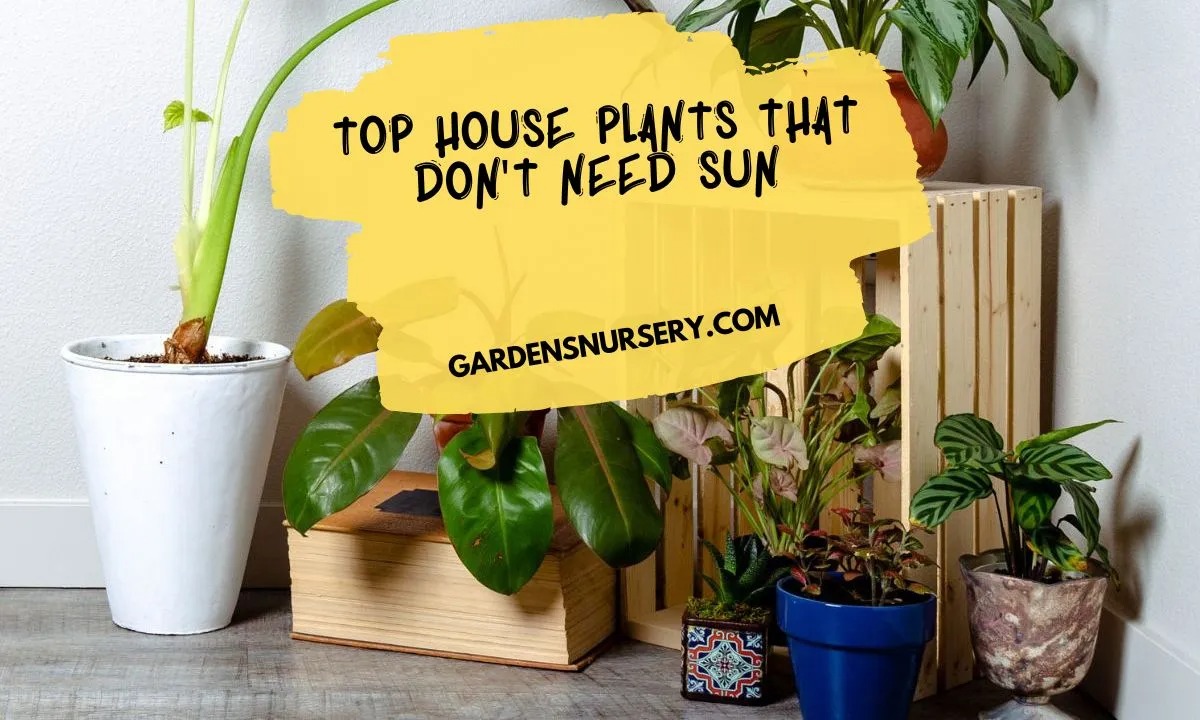
Gardening is more than just a hobby—it’s a way to connect with nature, create beautiful outdoor spaces, and even grow your own food. Whether you’re starting from scratch or enhancing an existing garden, understanding nursery plants, gardening tools, and landscape design can transform your outdoor area into a thriving paradise. In this guide, we’ll explore key elements of gardening, including nursery plants, gardening tools, garden hoses, garden sinks, gardening tips, hardscape ideas, garden design, lawn mowers, and lawn care.
Garden Nursery: The Foundation of Every Garden
A garden nursery is the starting point for most gardeners. Nurseries provide a wide selection of plants, including flowers, shrubs, trees, and vegetables. When choosing plants, consider factors such as climate, soil type, and sunlight requirements. Some nurseries specialize in native plants, which are ideal for local conditions and require less maintenance.
Types of Nursery Plants
- Flowering Plants – Roses, petunias, and marigolds add vibrant colors to any garden.
- Shrubs and Trees – Evergreen and deciduous trees provide structure and shade.
- Vegetables and Herbs – Tomatoes, basil, and lettuce are popular choices for home gardens.
- Indoor Plants – Snake plants, pothos, and peace lilies thrive indoors.
Gardening Tools: Essential Equipment for Every Gardener
Investing in quality gardening tools makes the work easier and more efficient. Some essential tools include:
- Hand Trowel – Ideal for planting small plants and flowers.
- Pruning Shears – Used to trim branches and maintain plant health.
- Garden Fork – Helps aerate soil and mix in compost.
- Wheelbarrow – Useful for transporting soil, plants, and garden debris.
- Gloves – Protect your hands from thorns, dirt, and rough surfaces.
Garden Hose: Keeping Your Plants Hydrated
A garden hose is an essential tool for maintaining a healthy garden. When choosing a hose, consider:
- Length – Select a hose that can reach all areas of your garden.
- Material – Rubber hoses are durable, while vinyl hoses are lightweight and affordable.
- Nozzle Types – Adjustable nozzles offer different spray patterns for various watering needs.
Garden Sink: A Handy Addition to Your Outdoor Space
A garden sink provides a convenient space for washing hands, rinsing vegetables, and cleaning tools. Consider installing one near your garden hose for easy access. Sinks can be made from stainless steel, stone, or repurposed materials, adding both function and aesthetics to your garden.
Gardening Tips for a Thriving Garden
- Choose the Right Soil – Quality soil with compost and organic matter supports healthy plant growth.
- Water Wisely – Water plants early in the morning or late in the evening to minimize evaporation.
- Mulch for Moisture Retention – Mulching reduces weed growth and helps retain soil moisture.
- Rotate Crops – Change plant locations each season to prevent soil depletion and pest problems.
- Prune Regularly – Trimming dead leaves and branches encourages new growth.
Hardscape Ideas to Elevate Your Garden Design
Hardscaping involves non-plant elements that enhance garden aesthetics and functionality. Popular hardscape features include:
- Stone Pathways – Create a natural walkway using stepping stones.
- Garden Benches – Provide a resting spot to enjoy your garden.
- Decorative Fencing – Adds privacy and defines garden spaces.
- Retaining Walls – Helps manage soil erosion and create raised beds.
- Water Features – Fountains and ponds add tranquility and attract wildlife.
Garden Design: Creating a Harmonious Outdoor Space
A well-designed garden balances plants, hardscapes, and open spaces. When planning your garden layout, consider:
- Zoning – Divide your garden into sections for flowers, vegetables, and relaxation areas.
- Color Schemes – Choose plants with complementary colors for a visually pleasing effect.
- Seasonal Interest – Include a mix of perennials and annuals to ensure year-round beauty.
- Focal Points – Use statues, birdbaths, or unique plants to draw attention to specific areas.
- Edging and Borders – Define garden beds with bricks, stones, or hedges.
Lawn Mowers: Choosing the Right One for Your Yard
A lush lawn requires proper mowing, and selecting the right lawn mower depends on your yard’s size and terrain:
- Push Reel Mowers – Eco-friendly and ideal for small lawns.
- Electric Mowers – Lightweight and quieter than gas-powered models.
- Gas Mowers – Best for large yards with thick grass.
- Riding Mowers – Suitable for expansive lawns and ease of use.
- Robotic Mowers – Automated and great for busy homeowners.
Lawn Care Tips for a Healthy, Green Lawn
- Mow Regularly – Keep grass at an optimal height to prevent stress.
- Water Deeply – Infrequent but deep watering promotes strong root growth.
- Fertilize Smartly – Use organic fertilizers to nourish the soil.
- Aerate the Lawn – Improves oxygen and nutrient penetration.
- Weed Control – Remove weeds before they spread and take over your lawn.
Conclusion
Gardening is a rewarding activity that enhances both the beauty and functionality of outdoor spaces. By selecting the right nursery plants, using quality gardening tools, and incorporating hardscape elements, you can create a stunning garden that thrives throughout the year. Regular lawn care and proper garden design further ensure a healthy, vibrant landscape. Whether you’re a beginner or an experienced gardener, these tips and ideas will help you cultivate a garden you can enjoy for years to come.




Leave a Reply